10 Incredible Animals Perfectly Adapted for Life Underwater
The underwater world is a realm of wonder where life has evolved in diverse and fascinating ways to thrive in an environment vastly different from our terrestrial experience. Adaptation is the key to survival, and nowhere is this more evident than in the myriad of creatures that call the ocean home. This article delves into the top 10 marvels of adaptation, showcasing animals that have evolved perfectly for life underwater. From the deepest abysses to the vibrant coral reefs, these creatures demonstrate nature's ingenuity in overcoming the challenges posed by their aquatic habitats. Understanding these adaptations highlights the incredible diversity of life on Earth and underscores the importance of preserving these ecosystems. As we explore each marvel, we will uncover the unique evolutionary paths that have enabled these animals to thrive in their specific niches, offering insights into the complex interplay between biology and the environment.
1. The Streamlined Elegance of the Dolphin
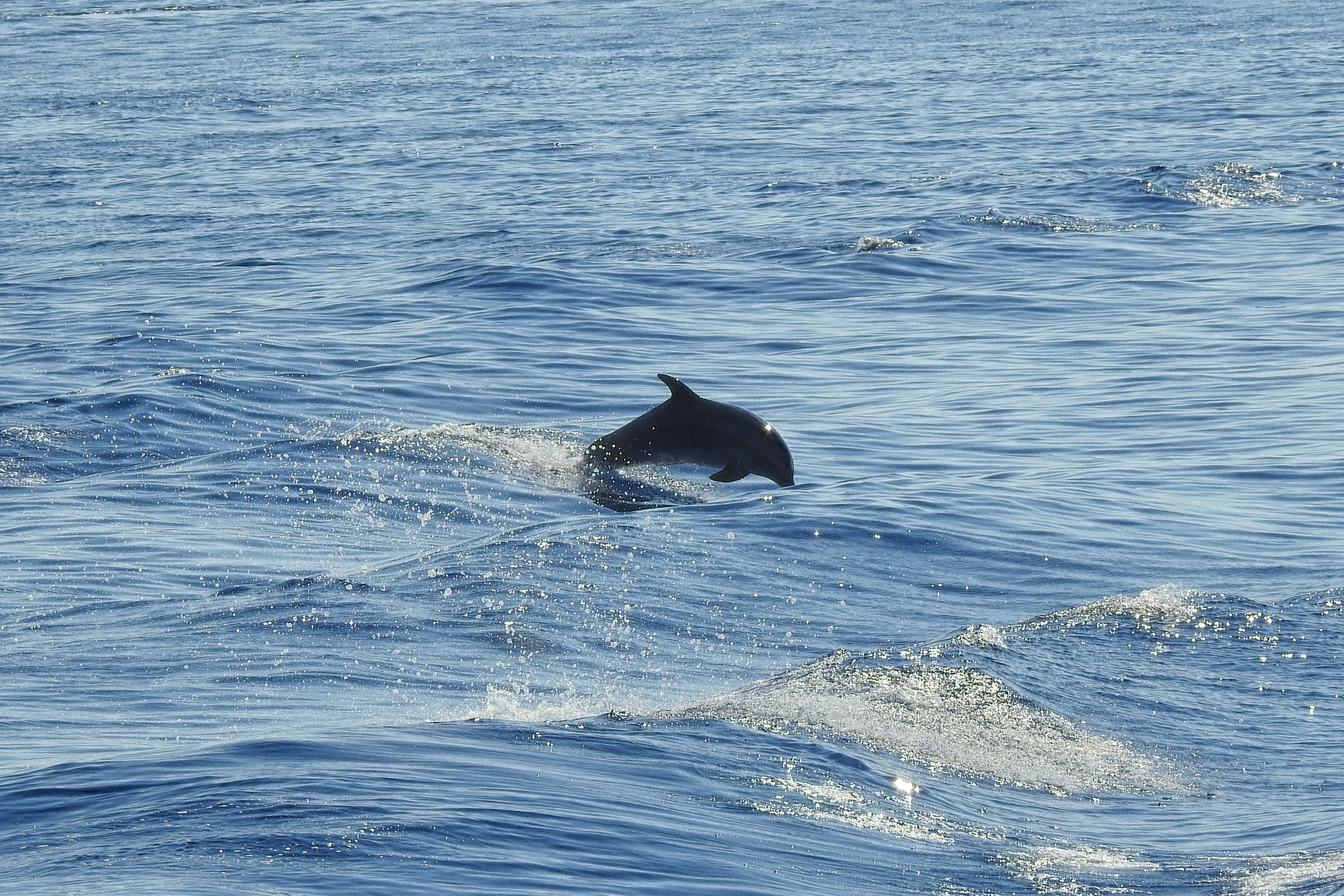
Dolphins are quintessential examples of aquatic adaptation. Their streamlined bodies are perfectly designed for swift movement through water, reducing drag and allowing them to reach impressive speeds. This hydrodynamic form is complemented by their powerful tails, which propel them forward with remarkable efficiency. Dolphins also possess a sophisticated echolocation system, a biological sonar that allows them to navigate murky waters, hunt prey, and communicate with each other. This adaptation is crucial for survival in the vast oceans, where visibility can be limited. Moreover, dolphins have developed a complex social structure essential for cooperative hunting and protection against predators. Their intelligence and adaptability have made them one of the most successful marine mammals, thriving in various oceanic environments across the globe.
2. The Camouflage Mastery of the Octopus
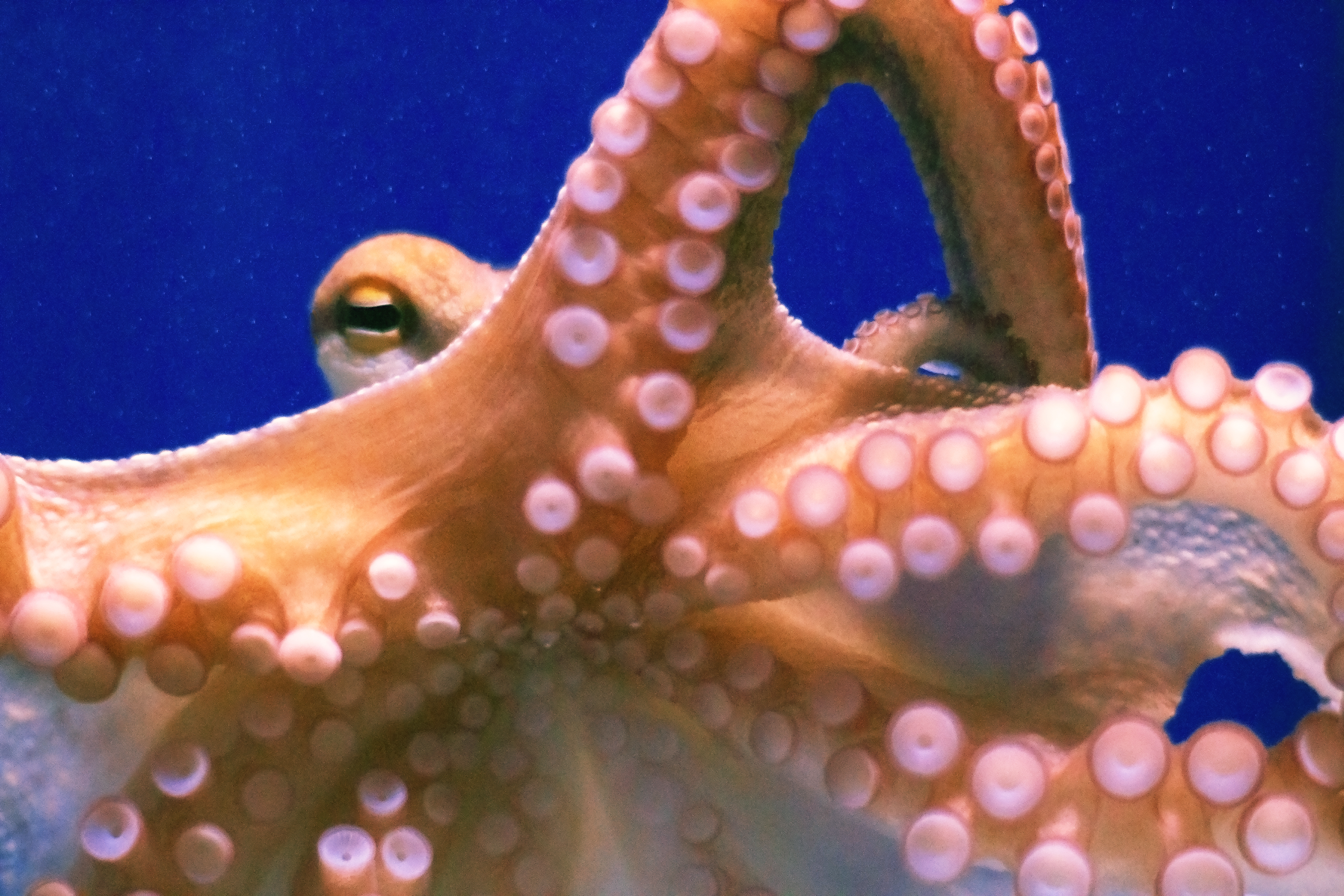
The octopus is a master of disguise, showcasing one of the most extraordinary adaptations in the animal kingdom: the ability to change color and texture. This cephalopod uses specialized skin cells called chromatophores, iridophores, and leucophores to blend seamlessly into its surroundings, avoiding predators and ambushing prey. Beyond camouflage, octopuses exhibit remarkable problem-solving skills, demonstrating high intelligence. They can navigate mazes, open jars, and even use tools, showcasing cognitive abilities that rival some vertebrates. Their soft, flexible bodies allow them to squeeze through tiny crevices, providing a means of escape from threats. This combination of physical and behavioral adaptations makes the octopus a fascinating study in evolutionary ingenuity, thriving in diverse marine environments from coral reefs to the deep sea.
3. The Bioluminescent Wonders of the Deep
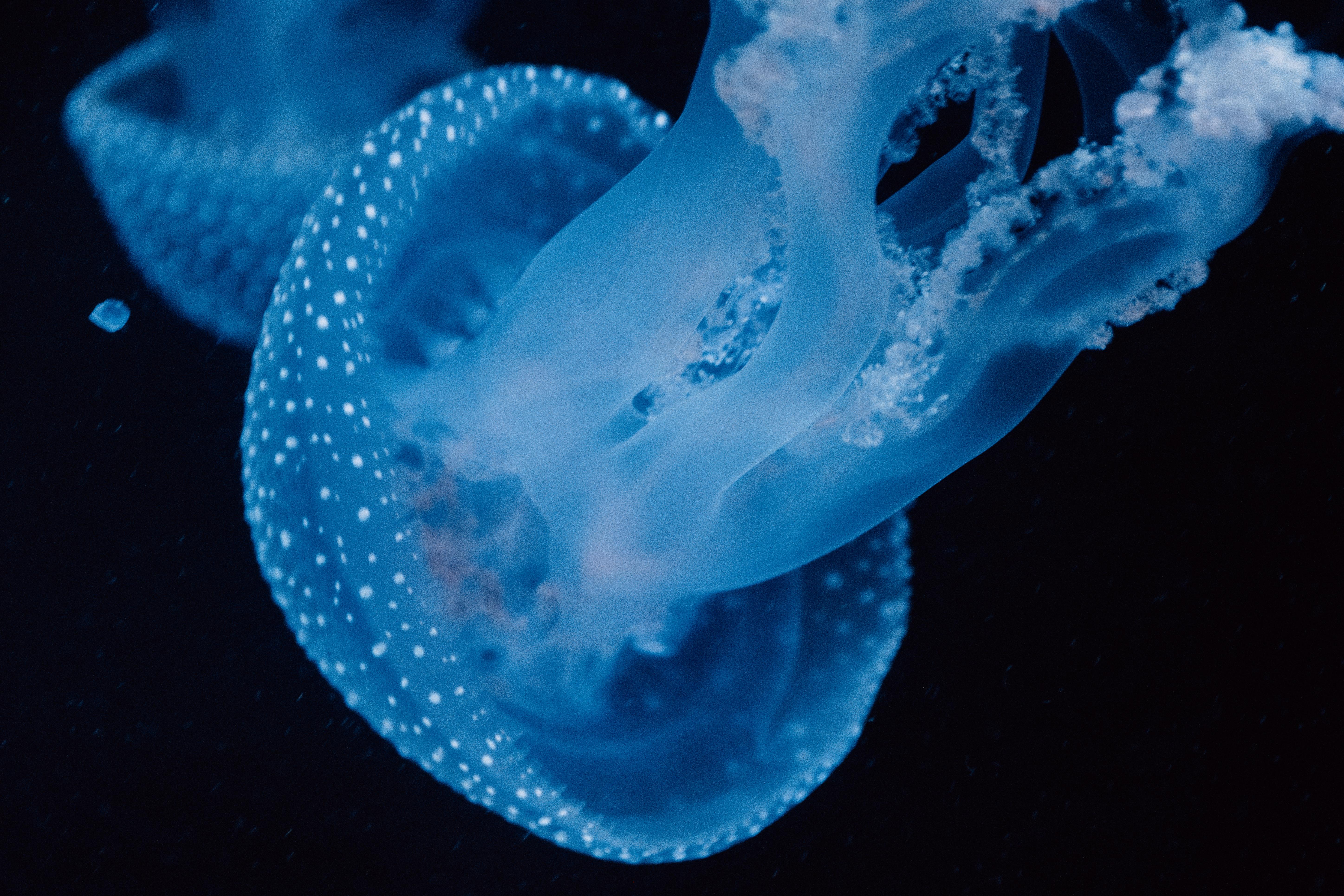
In the ocean's dark depths, where sunlight cannot penetrate, bioluminescence becomes a vital adaptation for survival. Many deep-sea creatures, such as the anglerfish and jellyfish, have evolved the ability to produce light through chemical reactions within their bodies. This adaptation serves multiple purposes: attracting prey, deterring predators, and facilitating communication in the pitch-black environment. The anglerfish, for example, uses a bioluminescent lure to draw unsuspecting prey close enough to capture. These adaptations highlight evolution's creativity in overcoming life's challenges in the deep sea, where resources are scarce, and the environment is harsh. Bioluminescence illuminates the ocean's depths and provides a glimpse into the complex and mysterious ecosystems that exist far below the surface.
4. The Armor of the Sea: The Seahorse
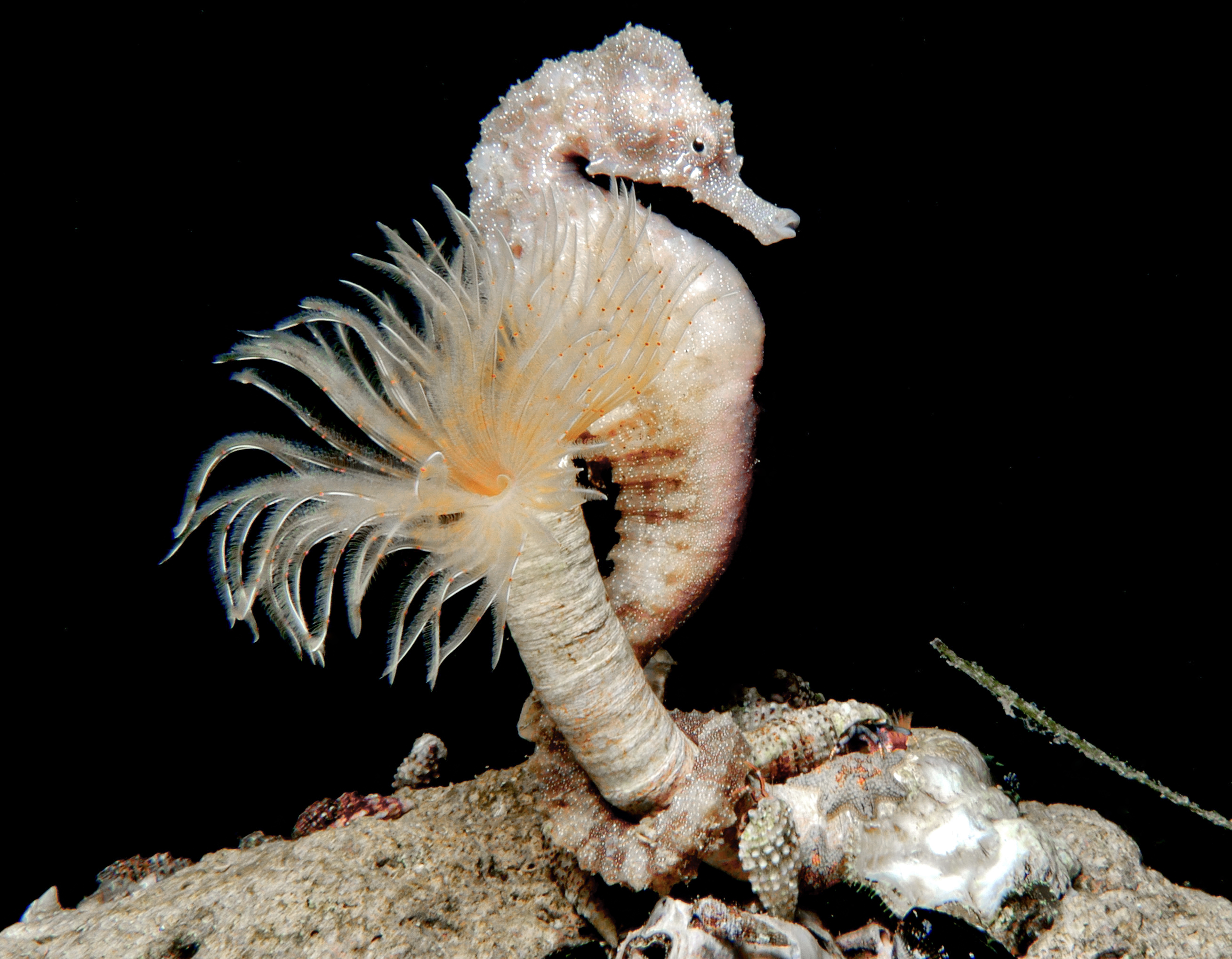
Seahorses are unique among marine creatures with their upright posture and prehensile tails. Their bodies are covered in bony plates, providing a form of armor that protects them from predators. This adaptation, combined with their ability to change color, helps them blend into their surroundings, camouflaging them among seagrasses and coral. Seahorses are also known for their unusual reproductive strategy, where males carry and nurture the young in a specialized brood pouch. This role reversal is a fascinating example of adaptation, ensuring the survival of their offspring in the competitive marine environment. The seahorse's adaptations highlight the diversity of evolutionary strategies employed by marine animals to thrive in their habitats, showcasing the intricate balance between form, function, and survival.
5. The Immense Power of the Blue Whale
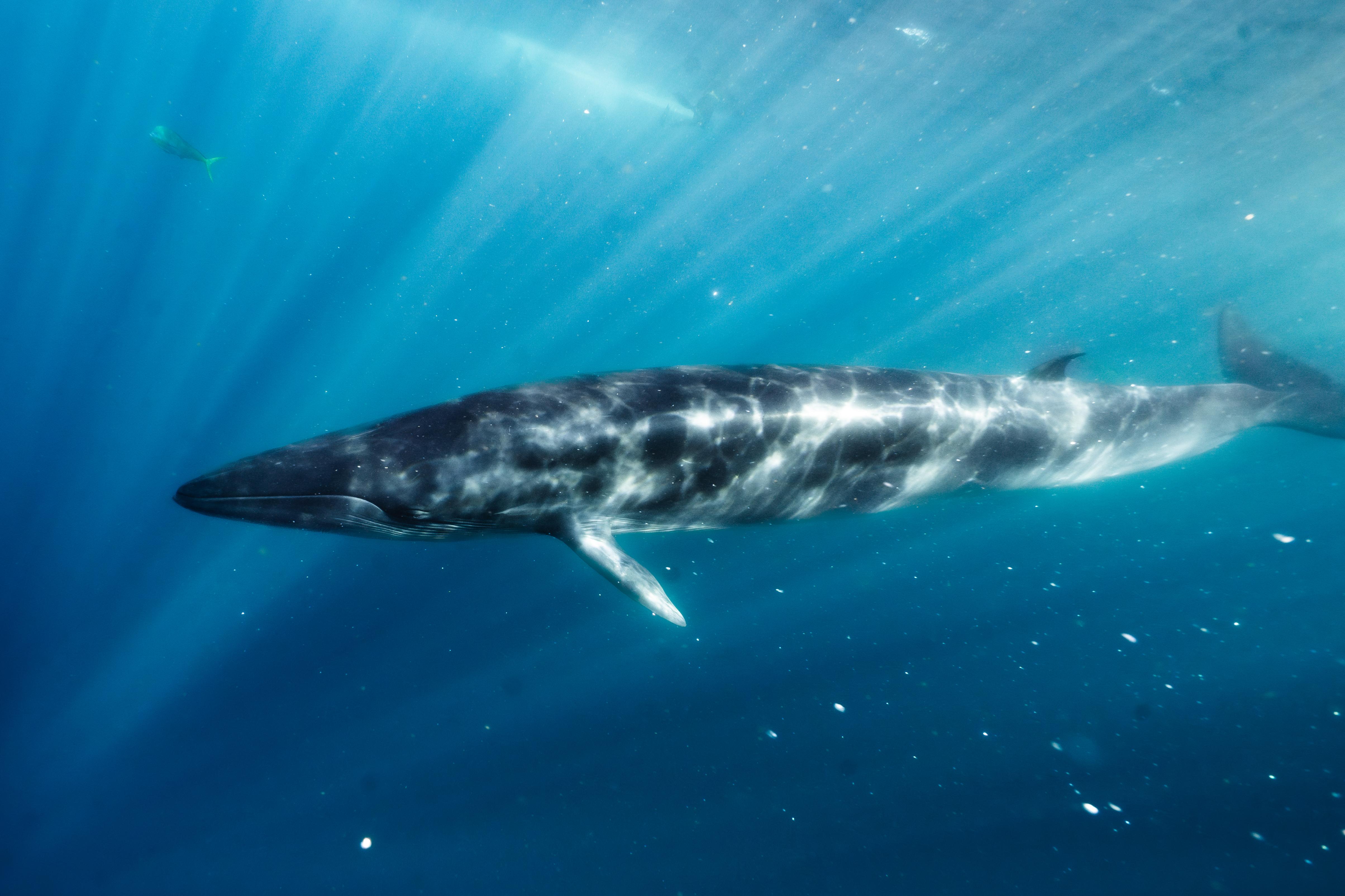
The blue whale, the largest animal on Earth, is a testament to the power of adaptation. Despite its massive size, the blue whale is perfectly adapted for life in the ocean, where the buoyancy of water supports its immense weight. Its streamlined body allows for efficient movement through the water, while its large tail flukes provide propulsion. The blue whale's feeding strategy is another adaptation marvel; it consumes vast quantities of krill by filtering them through its baleen plates. This efficient feeding mechanism is essential for sustaining its enormous energy requirements. The blue whale's adaptations highlight the evolutionary trade-offs that enable it to thrive in the vast and resource-rich ocean, illustrating the complex interplay between size, feeding, and survival in the marine environment.
6. The Electric Abilities of the Electric Eel
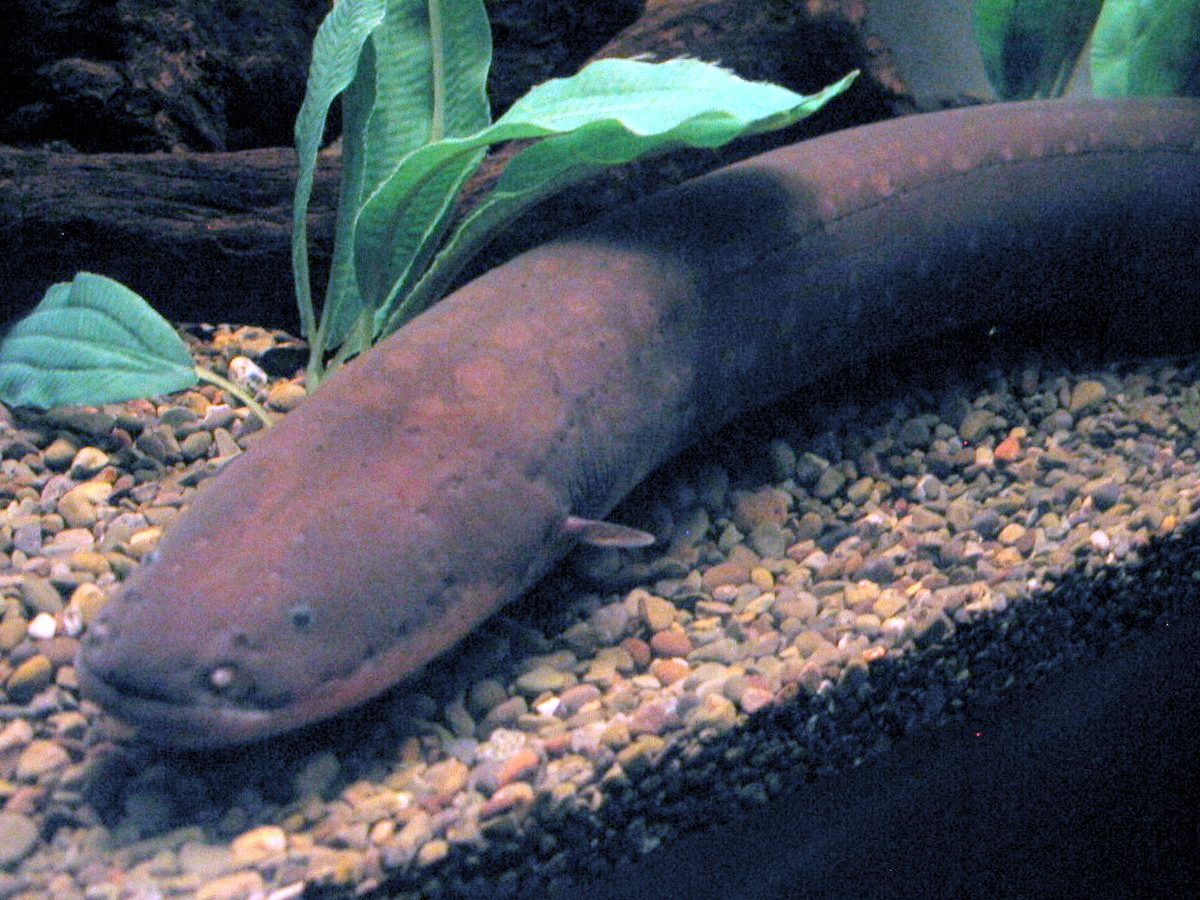
Despite its name, the electric eel is not a true eel but a type of knifefish. It has evolved a remarkable adaptation: the ability to generate electric fields. This adaptation serves multiple purposes, including navigation, communication, and hunting. The electric eel uses its organs to stun prey, making it easier to capture and consume. This adaptation is particularly useful in the murky waters of the Amazon basin, where visibility is limited. The electric eel's ability to generate electricity also helps it avoid predators, providing a unique defense mechanism. This adaptation showcases the innovative ways in which animals have evolved to exploit their environments, turning potential challenges into opportunities for survival.
7. The Symbiotic Relationships of Coral Reefs
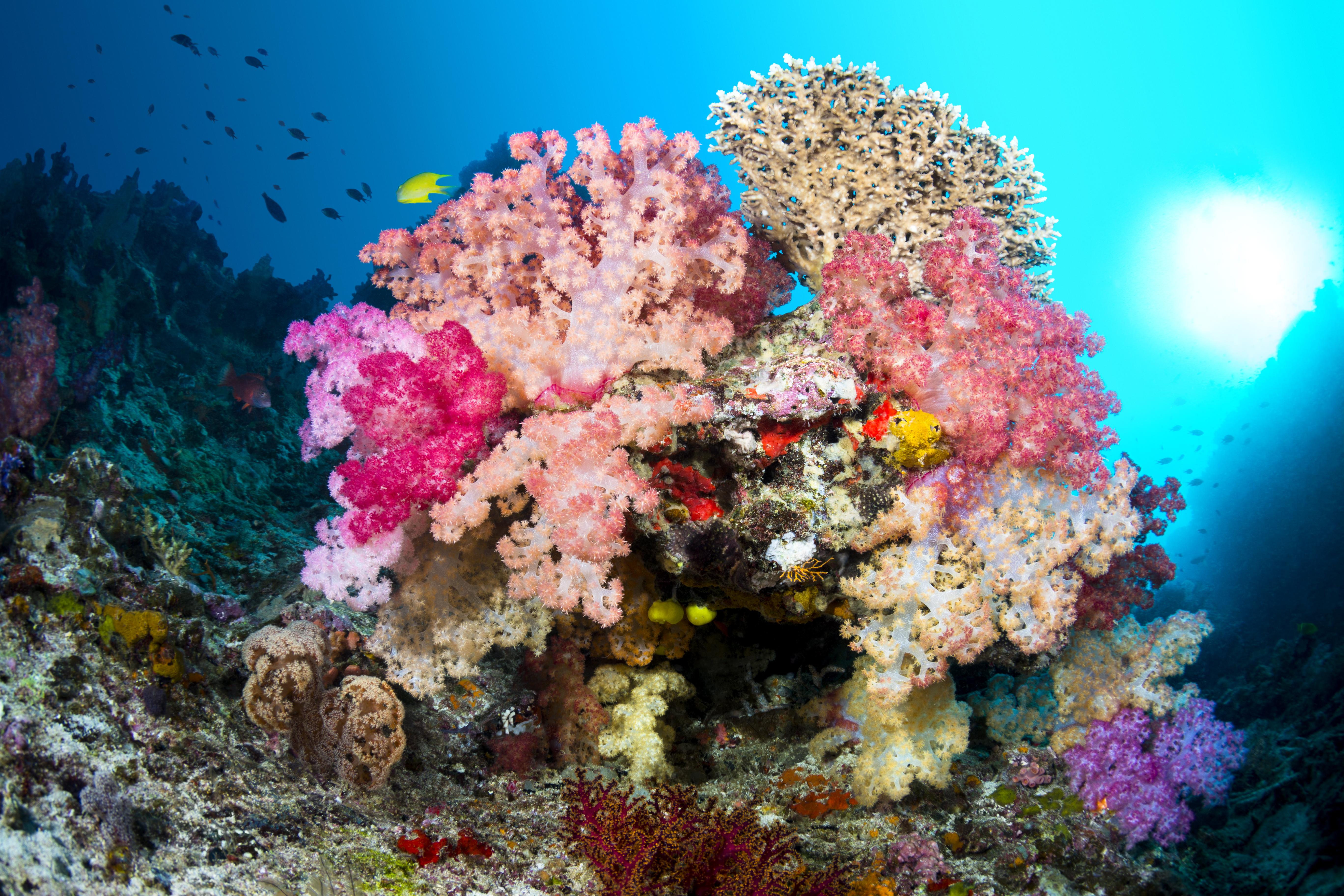
Coral reefs are among the most diverse ecosystems on the planet, thanks in part to the symbiotic relationships that exist between corals and zooxanthellae, a type of algae. This mutualistic relationship is a prime example of adaptation, where both organisms benefit: the algae provide the corals with nutrients through photosynthesis. In contrast, the corals offer the algae a protected environment and access to sunlight. This adaptation is crucial for the survival of coral reefs, which support a vast array of marine life. The intricate relationships within coral reefs highlight the interconnectedness of life underwater, demonstrating how adaptation extends beyond individual species to encompass entire ecosystems. Understanding these relationships is vital for conservation efforts, as the health of coral reefs is essential for maintaining marine biodiversity.
8. The Lateral Line System of Fish
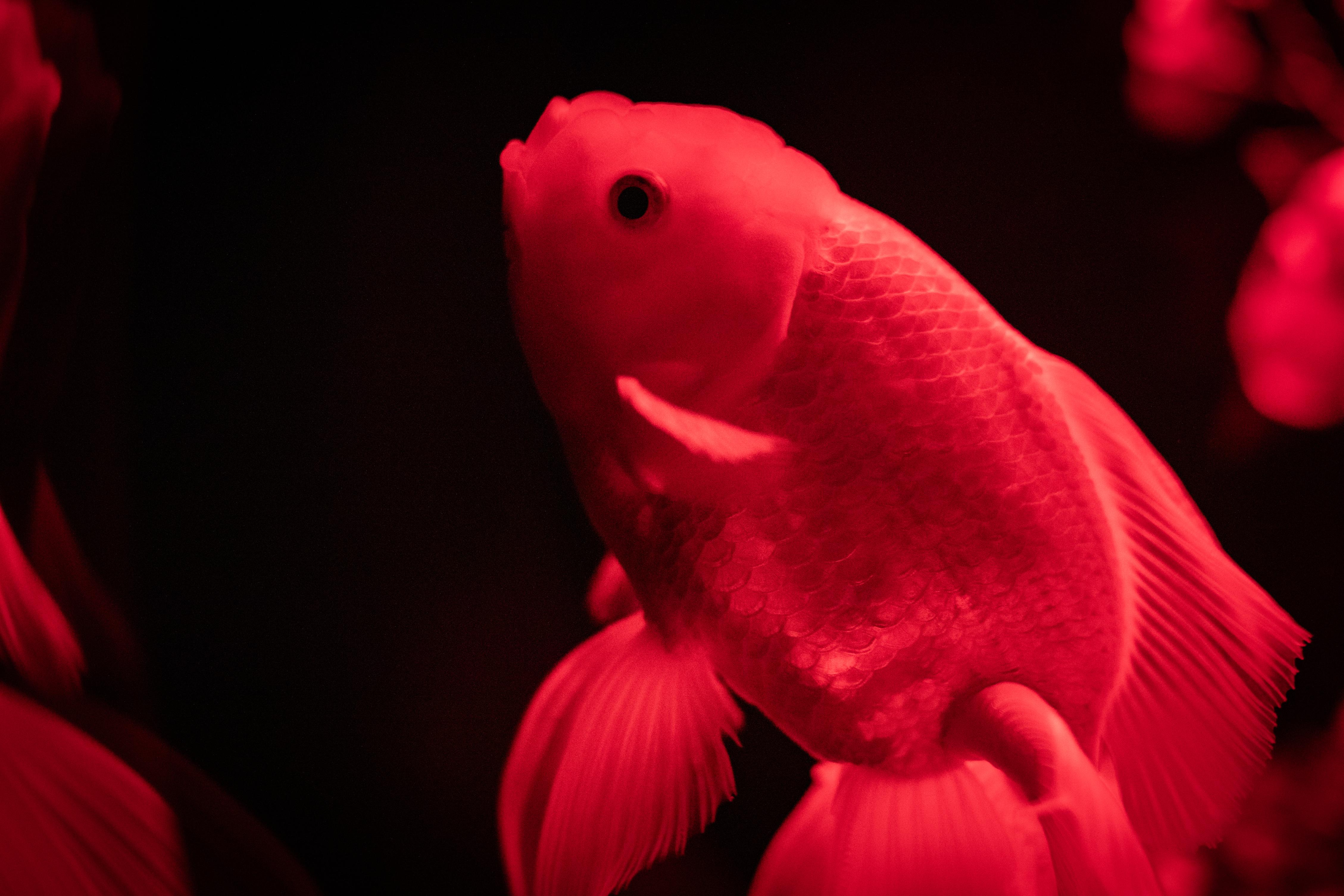
Fish have evolved a unique sensory adaptation known as the lateral line system, which allows them to detect changes in water pressure and movement. This system consists of a series of fluid-filled canals along the sides of the fish, containing sensory cells that respond to vibrations and currents. The lateral line system is essential for navigation, predator avoidance, and prey detection, providing fish with a heightened awareness of their surroundings. This adaptation is particularly important in poor visibility, such as in turbid waters or deep seas. The lateral line system exemplifies the sensory adaptations that have evolved in aquatic animals, enabling them to thrive in a dynamic and often challenging environment.
9. The Resilience of the Antarctic Icefish
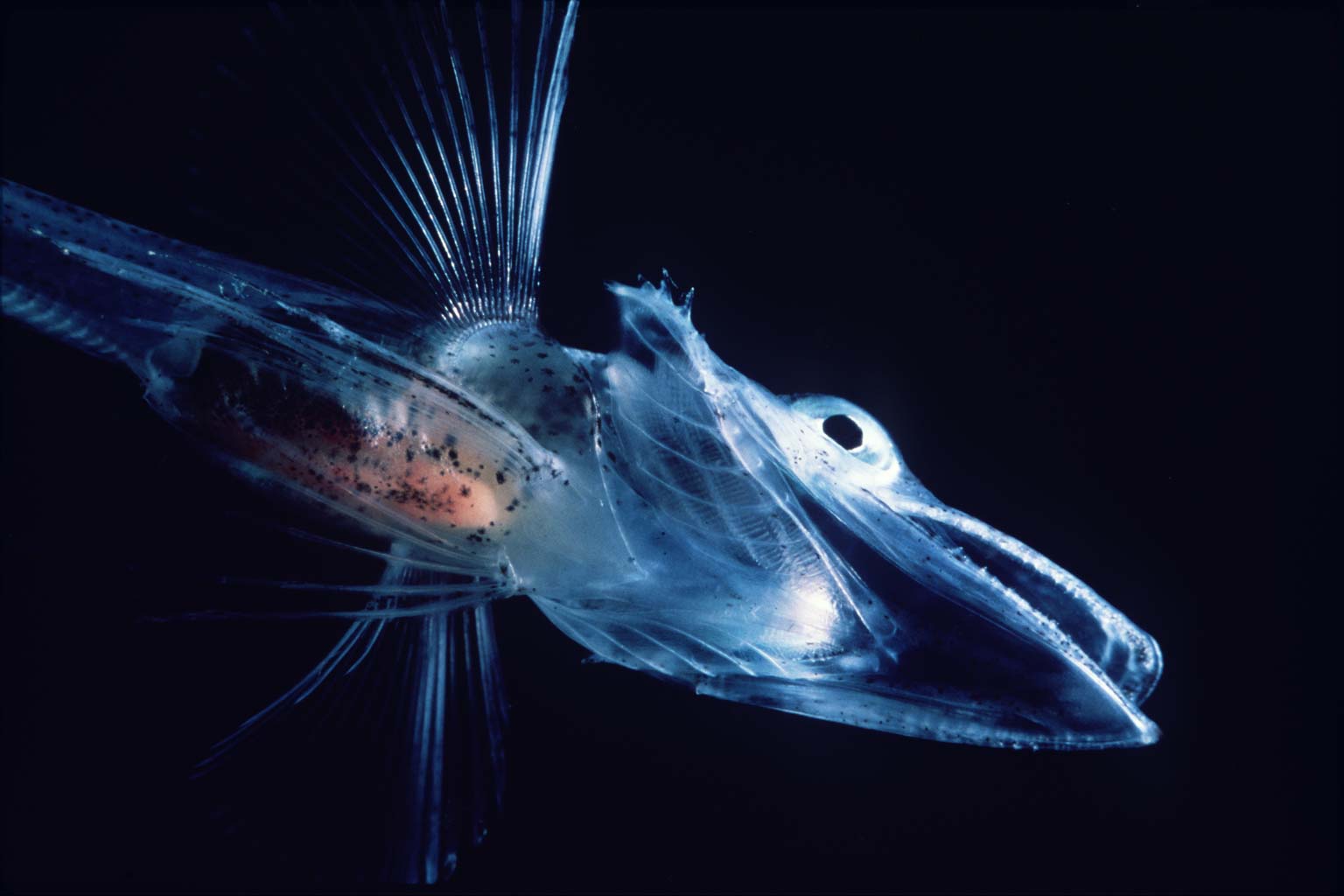
The Antarctic icefish has evolved a suite of adaptations that allow it to survive in the frigid waters of the Southern Ocean. One of its most remarkable adaptations is the lack of hemoglobin in its blood, which gives it a ghostly white appearance. Instead, the icefish relies on the high solubility of oxygen in cold water to meet its metabolic needs. Additionally, the icefish produces antifreeze proteins, which prevent ice crystals from forming in its body fluids. These adaptations enable the icefish to thrive in an environment where few other fish can survive, highlighting the resilience of life in extreme conditions. The icefish's adaptations provide insights into the evolutionary processes that allow organisms to colonize and persist in some of the most inhospitable habitats on Earth.
10. The Versatility of Amphibious Fish
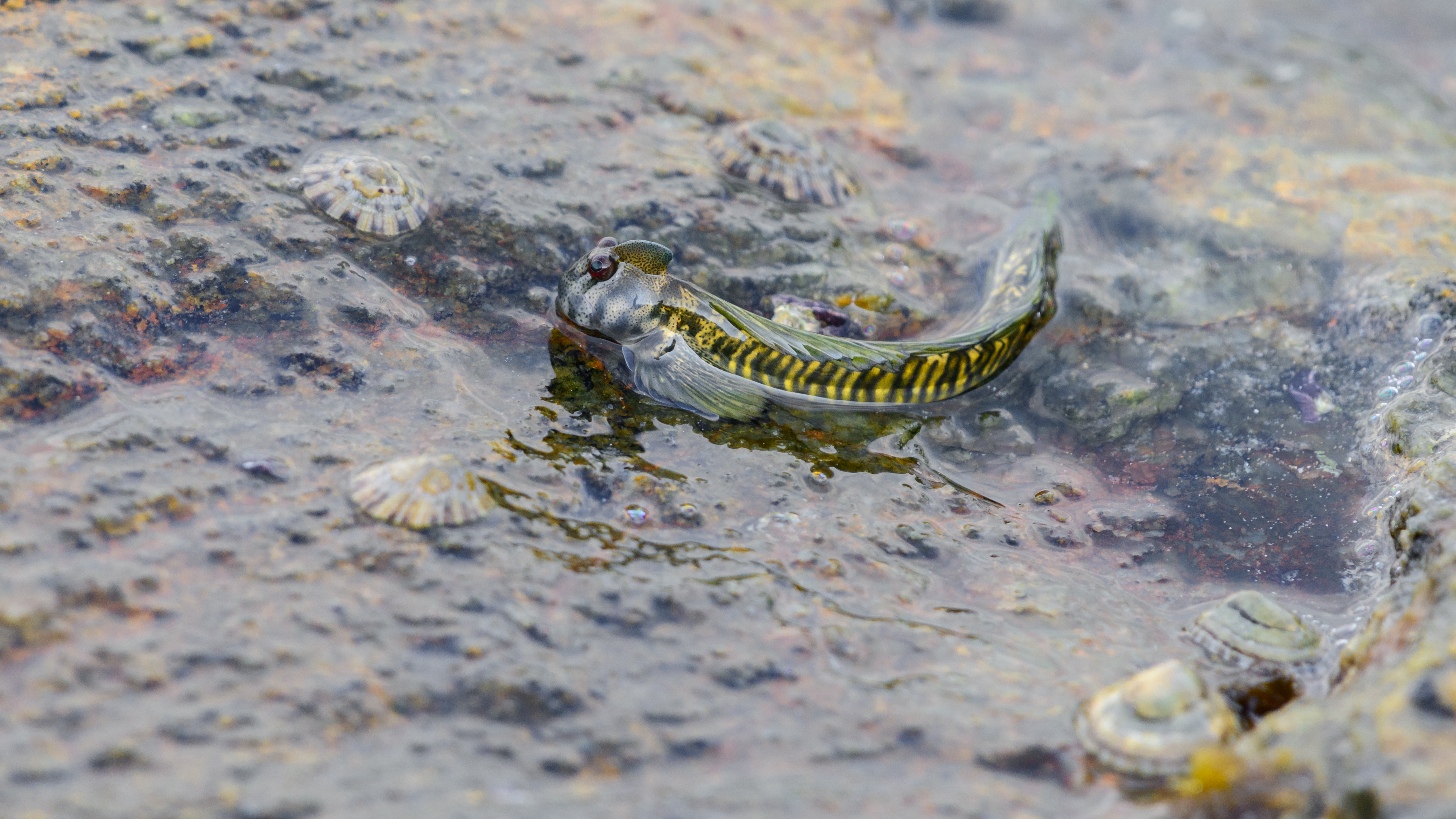
Some fish have evolved the ability to survive both in water and on land, showcasing a remarkable versatility in adaptation. The mudskipper is a prime example, possessing adaptations that allow it to breathe through its skin and the lining of its mouth, enabling it to survive out of water for extended periods. This adaptation is complemented by its strong pectoral fins, which it uses to "walk" on land. Mudskippers inhabit intertidal zones, exploiting the resources of aquatic and terrestrial environments. This versatility in adaptation highlights the evolutionary potential for life to transcend traditional boundaries, exploring new niches and opportunities for survival. The mudskipper's adaptations offer a glimpse into the transitional forms that may have led to the evolution of terrestrial vertebrates, providing a fascinating insight into the evolutionary history of life on Earth.
As we conclude our exploration of the top 10 marvels of adaptation, it becomes clear that the underwater world is a testament to the power and creativity of evolution. Each of these animals represents a unique solution to the challenges posed by their environment, showcasing the diverse strategies that have enabled life to thrive in the ocean. These adaptations highlight the incredible diversity of life and underscore the importance of preserving our marine ecosystems. As human activities continue to impact the oceans, understanding and protecting these adaptations is crucial for maintaining the health and balance of marine life. The future of aquatic adaptations will depend on our ability to mitigate the effects of climate change, pollution, and habitat destruction, ensuring that these marvels of evolution continue to inspire and captivate future generations.







